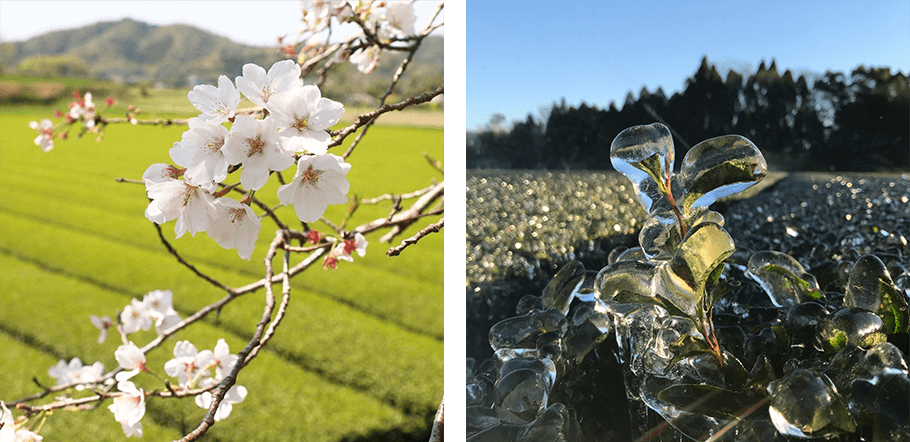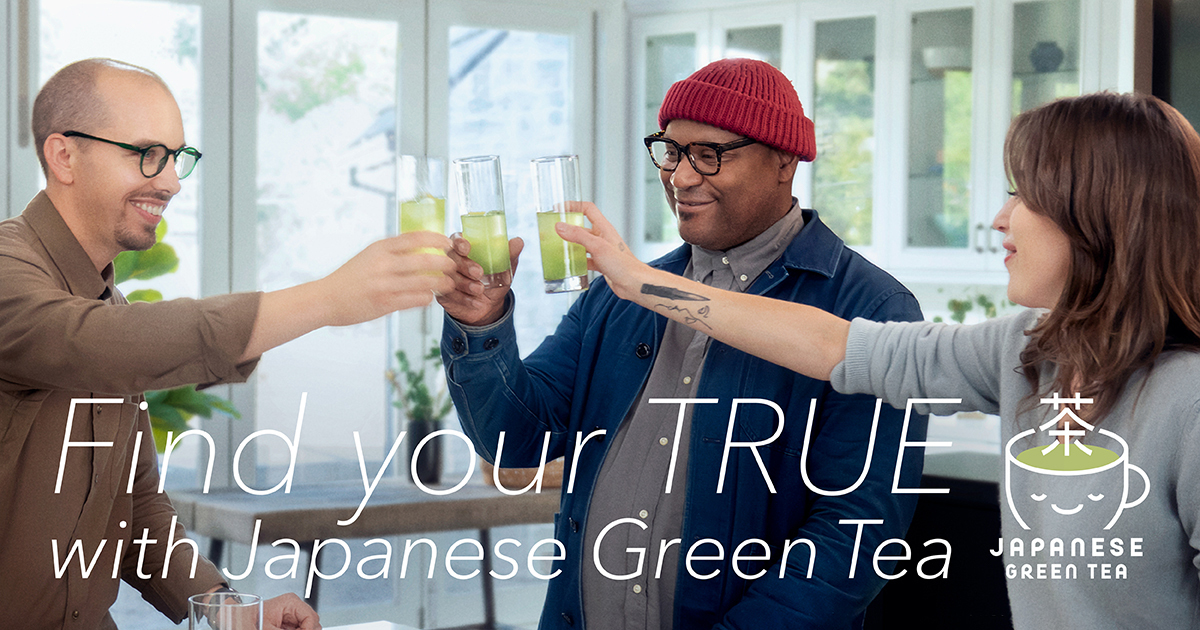Innovation, Sustainability, & Mindfulness – An Interview with a Japanese Tea Farmer
The Japanese green tea business is a multi-million dollar global industry that is growing every day. Some companies stand out, and cut through the clutter, for a good reason — It’s because they’re in it for the right reasons that go far behind dollars and cents.
On a global level, it’s to give back to the world by creating a healthy, sustainable, and eco-friendly export that is good for both the land and the people. On a personal level, it’s about being part of a larger something that not only makes you feel good about what you’re putting out into the world, but can personally help one be mindful, focused, and calm, and help on a lifelong journey to simplify yourself.
For Wakohen Group, it’s all of the above and more. “We dedicate our effort to produce the best tea leaves with environmentally friendly and sustainable farming. We believe what’s good for the environment is good for people as well. Instead of stopping for fear of failure, our entire staff thinks about what we can do now to produce the best tea leaves, for the environment, for the community,” explains Wakohen Group Vice President Takashi Horiguchi.
Satoshi Shimohira, Director of Overseas Sales, echoes those sentiments and adds, “Being part of a green tea company feels like helping consumers to create a better life. It changes the health of someone’s life. It is something special. And it’s good for us too. We drink our green tea every day. It helps to keep my body healthy and keeps my mind clear and focused every day.”
Wakohen Group, which was founded in 1989, is one of the largest Japanese green tea manufacturers in Japan with the largest family-owned green tea factory in Japan. Wakohen is based in Kagoshima, which is Japan’s one of the largest green tea producing regions and is known for its mild, subtropical climate and rich sunlight. It also has flat land perfectly suitable for agricultural use. With these great advantages in weather and land, Wakohen has put great efforts on its innovative practices, sustainability practices, and, of course, for its great tasting tea.

We chatted with Horiguchi and Shimohira about what makes them the tick — from their sustainability efforts to creative innovations to how Japanese green tea helps them with their journey of mindfulness, and more. Here’s what they had to say…
What makes Wakohen stand out from other Japanese tea companies?
Horiguchi: Our company is one of the largest tea producers in Japan, with a total area of approximately 270 hectares [that’s about 667 acres]. The flat land of the Osumi region in Kagoshima is ideal for mechanizing and producing tea very productively. An abundance of water is also an advantage. Our wealth of great quantities of good water, helps our sprinkler system, which prevents frost — the greatest enemy of tea. It really gives us an advantage.
Also, the company is quite the leader in innovation. Tell us about “The Hurricane King” machine that you use as a way to provide eco-friendly pest control for your farm.
Horiguchi: As a part of an innovative initiative, the predecessor of the business came up with the machine called “The Hurricane King.” It exterminates insect pests through the utilization of high-water pressure and strong winds, so that we don’t have to use pesticides. By using this machine, we can keep our production as organic and natural as possible without fully relying on pesticides. To sustain the natural life form, this will be only used when it’s needed as killing too many pests can harm the leaves by making them too weak to fight against other pests. We also have a machine called “Steam Buster,” which uses high temperature steam to get rid of weeds. These innovative efforts are based on our belief of not using synthetic or chemically produced fertilizers and pesticides as much as possible, and contributing to local communities as those types of fertilizers and pesticides can affect the natural spring water and soil of the local land.
What other innovations or sustainability practices do you use?
Shimohira: These machines are part of our dedication to Integrated Pest Management (IPM) farming. We use them to solve pest problems while minimizing risks to people and the environment. We are also a Rainforest Alliance-certified company.

We hear you don’t like to leave any waste behind. How do you do that?
Horiguchi: Yes, we don’t waste any green tea. Leaves, leaf veins, and stem will all turn into different kinds of green tea. Any leftover from manufacturing will be added to our fertilizer to go back to the land for the future leaves.
Reducing waste is a way to be mindful towards the environment. Our message “Journey to Simplify You” is all about mindful practice. Can you share how you simplify and stay mindful in your personal life?
Horiguchi: I definitely enjoy the change of the seasons with green tea. When it is spring, there are cherry blossom trees along the side of green tea fields. When it is winter, the green tea leaves freeze with ice and start melting as sunshine rises. Looking at them helps me to calm down and be in the moment.
Shimohira: Taking a deep breath of fresh air in the green tea fields is something special. I can empty my lungs and refill with new and fresh air to start a brand-new day. It feels like my mind is simplified and I am ready to start the day.

Does it help you manage work stress?
Horiguchi: Spring is not only the busiest but also the most exciting month for the farm new fresh leaves, which are the highest quality of the year, come out, marking the beginning of our season. I tend to be a little stressed and overwhelmed but going into the farm in the morning, taking a deep breath of fresh air and seeing the cherry blossoms, clears and simplifies my mind. I feel ready for my day.
Does it help you stay focused, productive, and creative?
Horiguchi: When I want to stay focused, I prepare a stronger sencha with less water. It wakes me up and renews my energy for the rest of the day. It can change my mood for the better and refreshes me when I’m tired.
Shimohira: We take a tea break to come up with new ideas. We try new flavored teas and see what works best. My favorite is to drink our green tea with dried yuzu peel mixed with soda water. It is super easy to make and very refreshing for the lunch break. Also, I often make matcha with kids as it is so easy and quite fun for kids to play “who can create the best matcha with great foam?”
To learn more about the wonders of Japanese green tea, tea farming, and how it can help you live a more mindful life, follow us on social media here: @justteayourself. And check back here next month when we bring you holiday recipes for festive dishes using various types of Japanese green tea.




